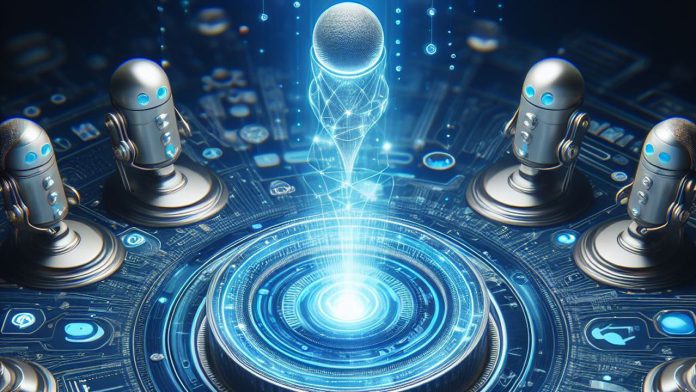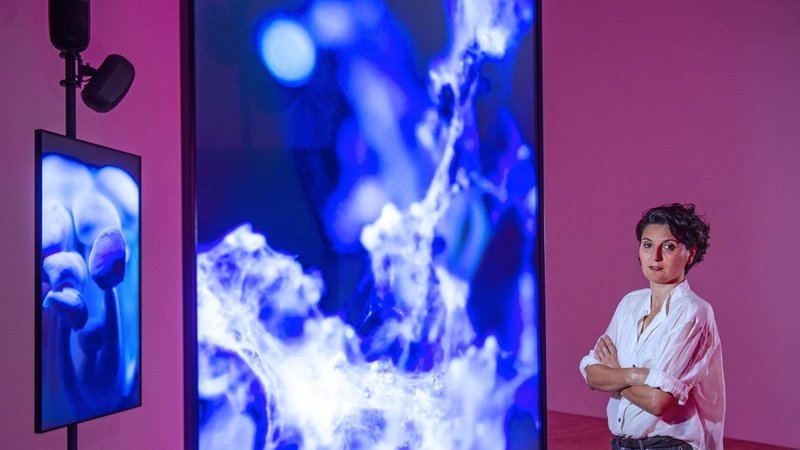In recent years, artificial intelligence has witnessed remarkable advancements, particularly in natural language processing and speech synthesis. One of the fascinating applications of AI technology is the creation of realistic and natural-sounding voices through AI voice generators and text to audio converter. This blog post will look behind the curtain to understand how these AI systems transform text into speech.
How AI Voice Generators Transform Text into Speech
Text-to-speech technology, often called TTS, is a subset of artificial intelligence that focuses on converting written text into spoken words. The process involves several intricate steps, and AI plays a pivotal role in making the generated speech sound more human-like than ever before.
Text Analysis and Linguistic Processing
The process begins with the analysis of the input text. AI algorithms break down the text into its fundamental linguistic components, such as phonemes, morphemes, and syntactic structures. This step is crucial for ensuring accurate pronunciation and natural intonation and is essential to transform text into speech.
Voice Modeling
AI voice generators employ sophisticated models to represent human voices visually. These models learn from vast datasets of recorded human speech, capturing nuances, cadence, and emotional tones. The result is a voice model capable of mimicking various styles and accents.
Prosody and Intonation Adjustment
Prosody refers to the rhythm, pitch, and tone of speech. AI algorithms analyze the context of the text to determine appropriate prosody and intonation. This step is essential for infusing the generated speech with expressiveness, making it more natural and engaging.
Synthesis and Waveform Generation
Once the linguistic and prosodic elements are in place, the AI system synthesizes the speech by generating waveforms. This involves creating a sequence of sound waves that mimic the patterns observed in human speech. Advances in deep learning techniques have significantly improved the quality and realism of these synthesized waveforms.
The Role of Deep Learning and Neural Networks
The successful implementation of AI voice generators relies on integrating deep learning and neural networks. These technologies enable models to grasp complex patterns in language and generate speech with unprecedented authenticity. Neural networks can capture subtle nuances, making the generated voices indistinguishable from human speakers.
Applications and Impact
The applications of AI voice generators are diverse, ranging from virtual assistants and customer service bots to audiobooks and accessibility tools for individuals with visual impairments. The impact of this technology extends beyond convenience, enhancing user experiences and making information more accessible to a broader audience.
Challenges and Future Developments
While AI voice generators have made significant strides, challenges persist. Fine-tuning intonation, addressing pronunciation inconsistencies, and handling uncommon words or phrases remain areas of ongoing research.
Ethical Considerations in AI Voice Synthesis
The rise of AI voice synthesis also raises ethical questions. Issues such as deepfake voice manipulation and the potential misuse of synthesized voices for fraudulent purposes underscore the importance of responsible development and usage of this technology. Finding a balance between innovation and ethical considerations is imperative when deploying AI-generated voices.
User Customization and Personalization
As AI voice generators become more prevalent, user customization and personalization demand grows. Technologies that allow users to tailor the pitch, tone, and even accent of their AI-generated voices are emerging. This personalization enhances user engagement and creates a more personalized and enjoyable experience.
Future Trends and Possibilities
Looking ahead, the future of AI voice generators holds exciting possibilities. Advancements in emotional intelligence, enabling AI voices to convey a broader range of emotions, and multilingual synthesis capabilities are among the trends to watch. Integrating AI voices into virtual and augmented reality applications also opens up new dimensions for immersive experiences.
Conclusion
The world of AI voice generators is a captivating blend of linguistics, deep learning, and audio engineering. As these technologies evolve, the line between human and AI-generated voices will likely blur further, opening up new possibilities and transforming how we interact with synthesized speech.










